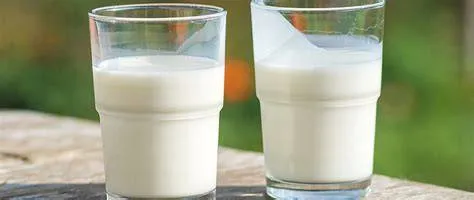Если ваш запрос задерживает ответ, пожалуйста, введите ваш WhatsApp/Skype вместе с сообщением, чтобы мы могли связаться с вами в первый же раз.
Мы ответим вам в течение 24 часов. Если для срочного случая, пожалуйста, добавьте WhatsApp/WeChat: +8613573853927,. Или позвоните по телефону +8613573853927.
I see many teams still lose product to spoilage because they don’t control time and temperature well. Costs rise, trust drops, and the fix is usually simple heat science.
Pasteurization works by heating food or liquid to a specific temperature for a set time to kill harmful microbes without ruining taste, texture, or nutrients.
Heat can save a batch or destroy it. The difference lies in the exact rule you follow. Let me walk you through what pasteurization really is, what it is not, and how long it should take when you do it right.
Boiling sounds easy: crank up the heat and let it roll. But in real food processing, boiling can damage flavor, color, and structure. Pasteurization is more precise.
Pasteurization is not simple boiling; it uses controlled, lower temperatures and fixed holding times to target pathogens while keeping product quality intact.

Dive deeper: why “boiling” is the wrong idea (≈ 230+ words)
When someone says, “We boiled it, so it’s safe,” I get nervous. Boiling water hits 100 °C (212 °F) at sea level. That’s overkill for many foods and drinks. At that point, proteins denature, natural colors fade, and delicate aromas vanish. Pasteurization, by contrast, uses the lowest effective temperature that still knocks out key pathogens like Salmonella, E. coli, Listeria, and spoilage enzymes.
There are several classic pasteurization ranges:
Each range targets microbes without wrecking the product. The trick is balance: more heat kills faster but can harm quality; less heat protects taste but may leave bugs alive. That’s why pasteurization curves are built around D-values (time to reduce a microbial population by 90%) and z-values (temperature change needed to shift D-value tenfold). We choose a time/temperature combo that hits safety targets while keeping sensory traits. So no, pasteurization isn’t just boiling. It’s intelligent, measured heating with math behind it.
| Aspect | Boiling | Pasteurization |
|---|---|---|
| Temperature | ~100 °C (212 °F) | 60–90 °C (140–194 °F), product-specific |
| Goal | Cook food thoroughly | Kill pathogens, keep quality |
| Flavor impact | Often large | Minimal when controlled |
| Nutrient loss | Higher | Lower |
| Control need | Низкий | High (time + temp) |
If you want a simple rule, here it is: hold a product at a specific temperature long enough to reduce target microbes to a safe level—then cool fast.
The basic rule of pasteurization is time–temperature control: hit the required temperature, hold for the required time, ensure uniform heating, and then cool to prevent recontamination.
I always explain pasteurization as a four-step loop: Heat → Hold → Verify → Cool.
Regulators often publish standard combinations. For milk, HTST is 72 °C for 15 s. For fruit juice, you might see 71.7 °C for 15 s, but pH changes targets. Acid foods need less severe treatment than low-acid ones. That’s why there is no one-size-fits-all chart. Follow the product’s critical control points (CCPs) in your HACCP plan. The “basic rule” is simple in theory, but the details—equipment calibration, flow rate, heat exchanger design, and product chemistry—make it real.
| Шаг | Key Action | Checkpoint |
|---|---|---|
| Heat | Reach target temp | Sensor reading & alarm limits |
| Hold | Maintain temp for required time | Holding tube length & flow meter |
| Verify | Record, validate, document | PLC logs, manual charts |
| Cool | Rapidly chill to safe storage temp | Cooling section efficiency |
Pasteurization is precise heat plus time. Set the right temperature, hold it long enough, verify the process, and cool fast. Do that, and you protect both safety and flavor.